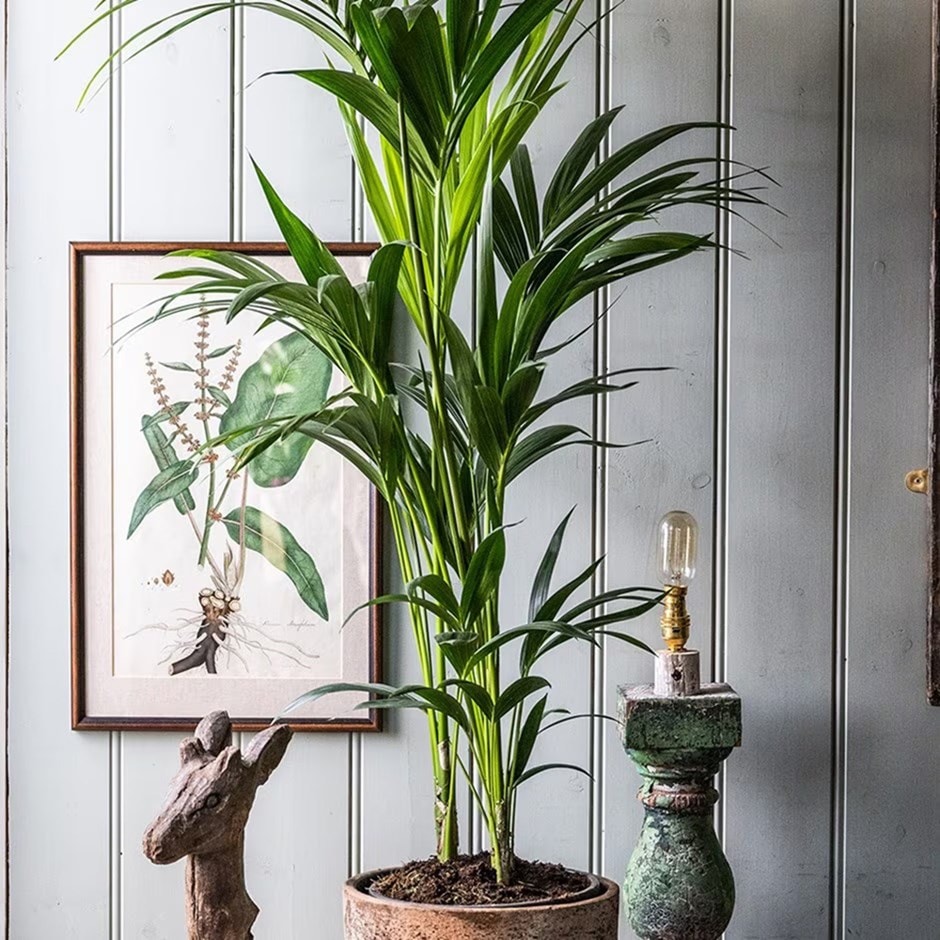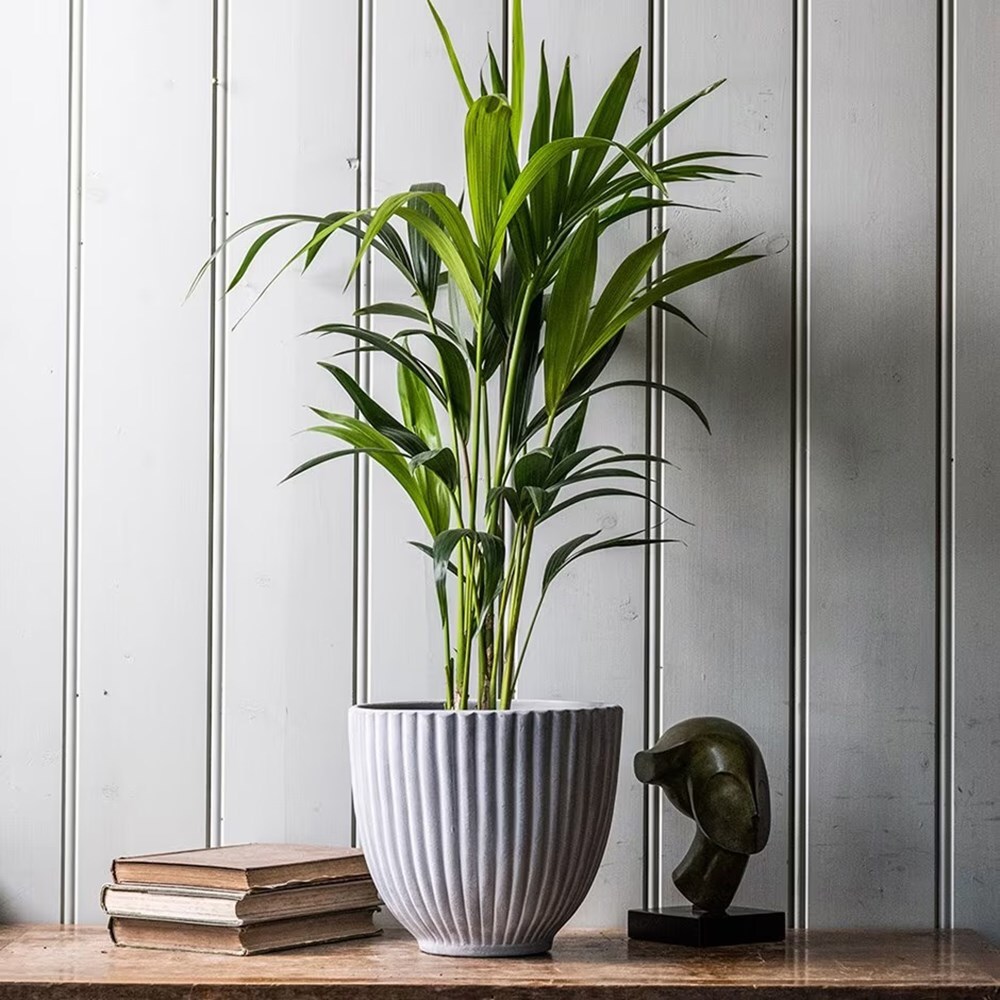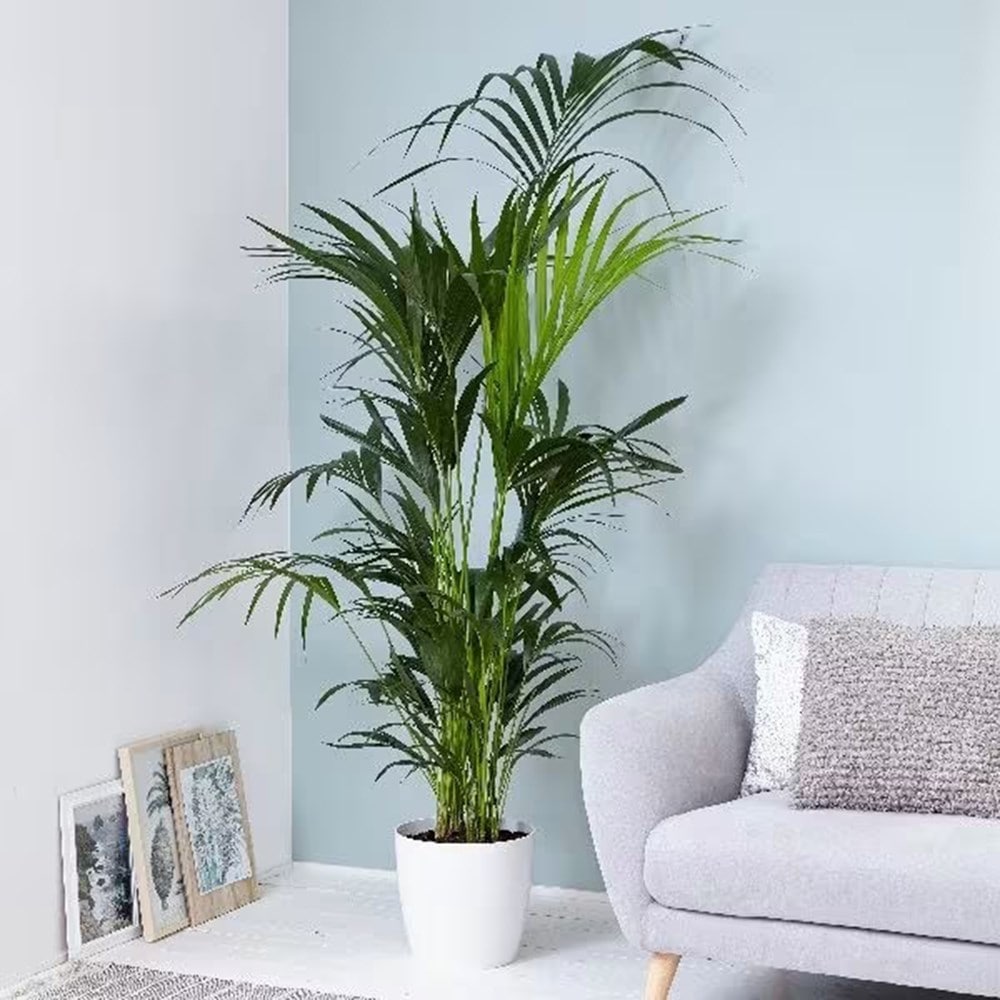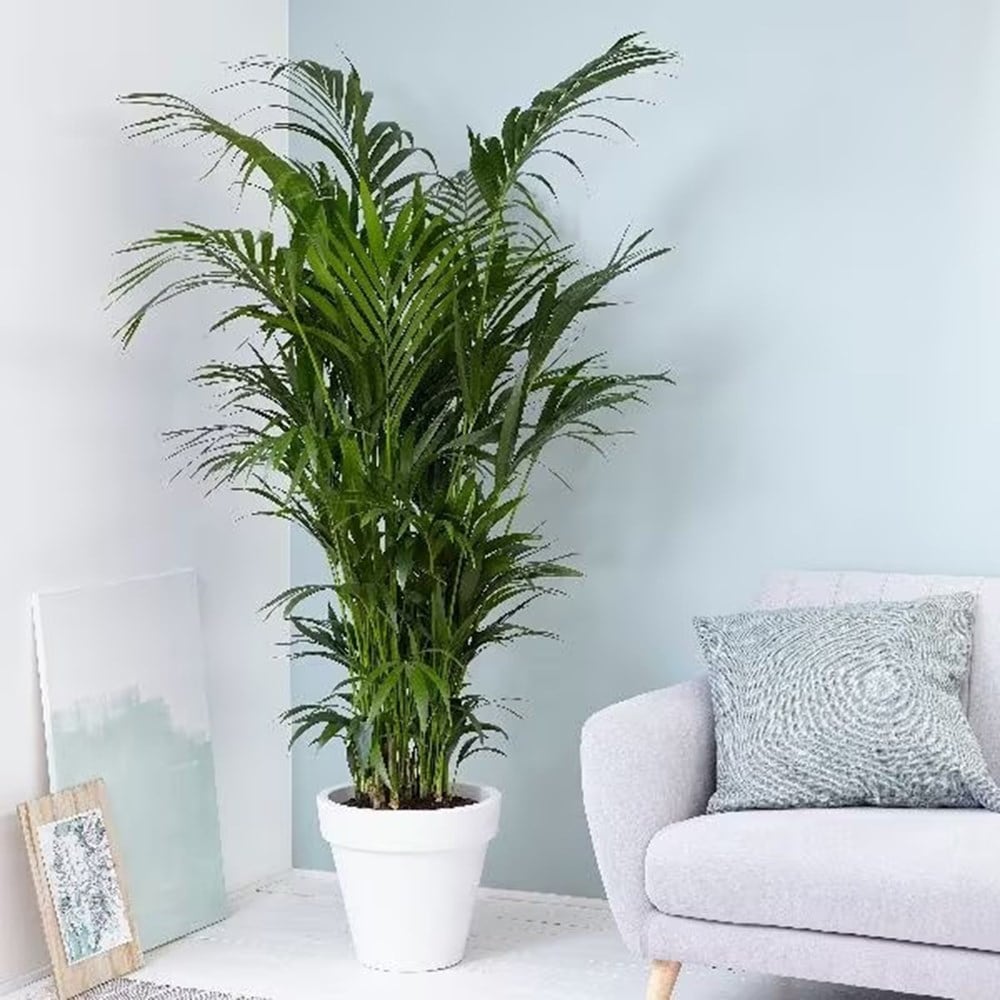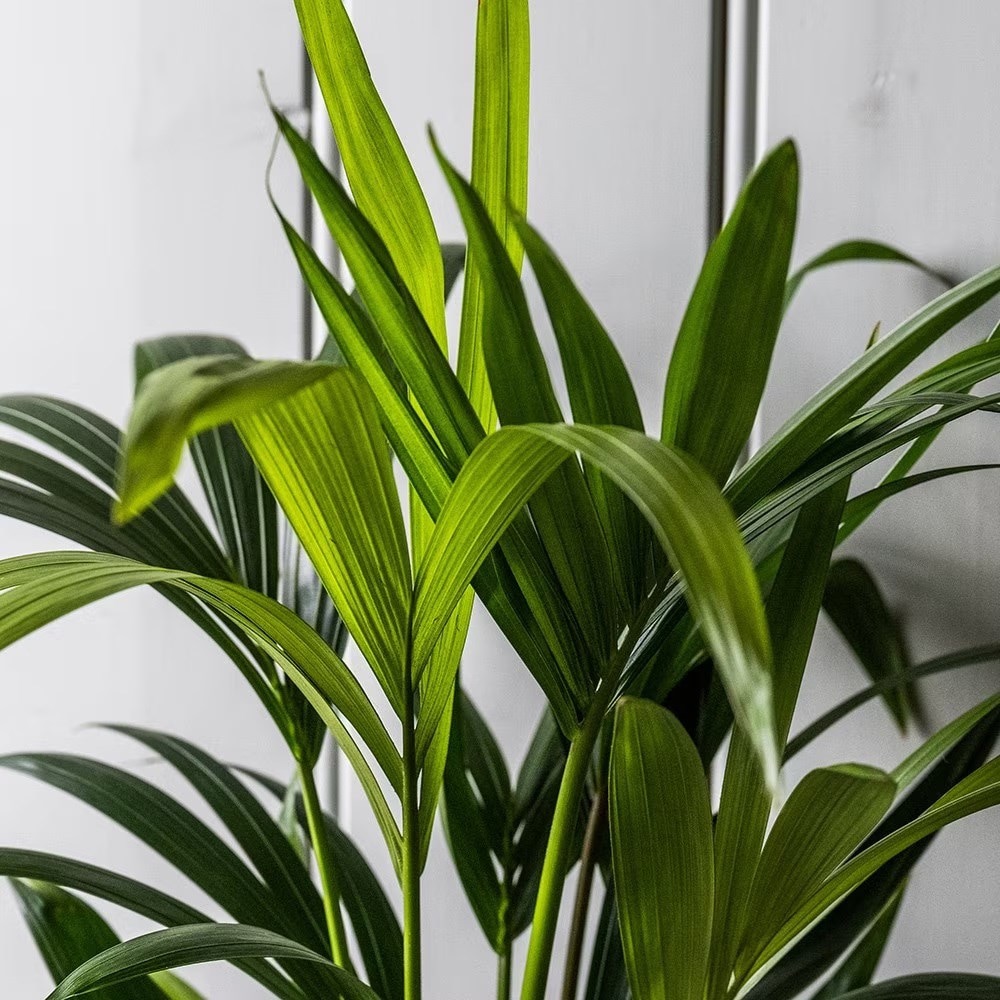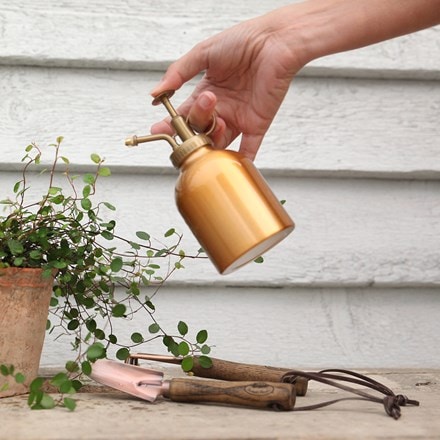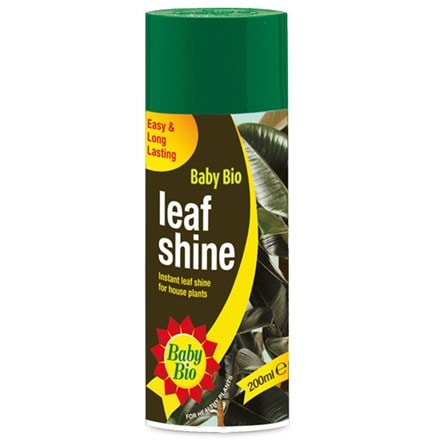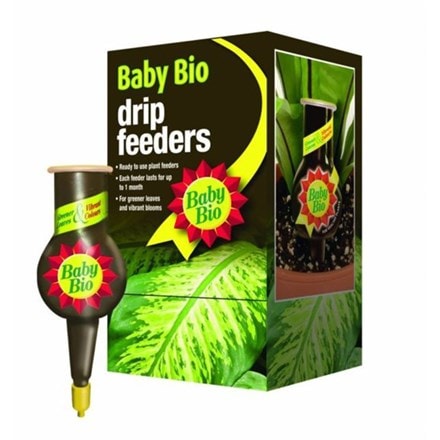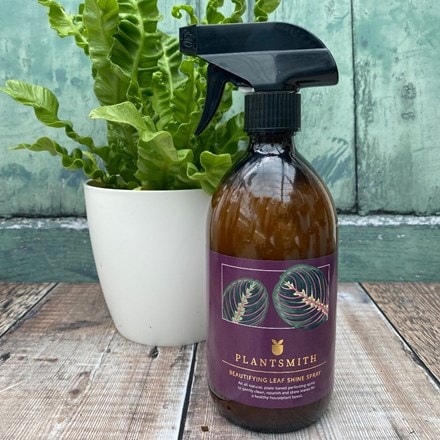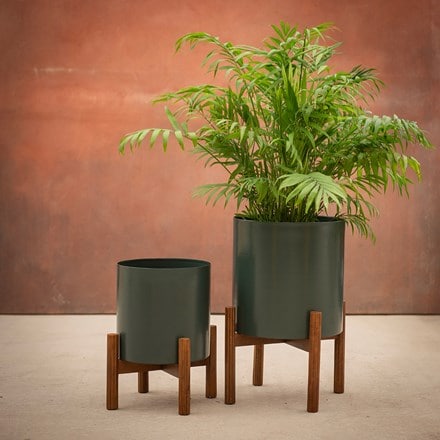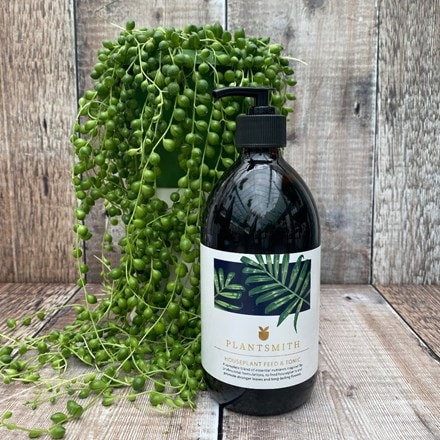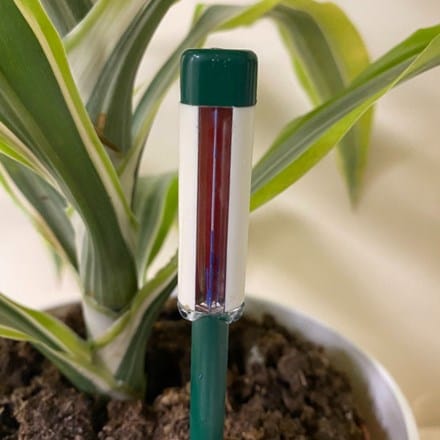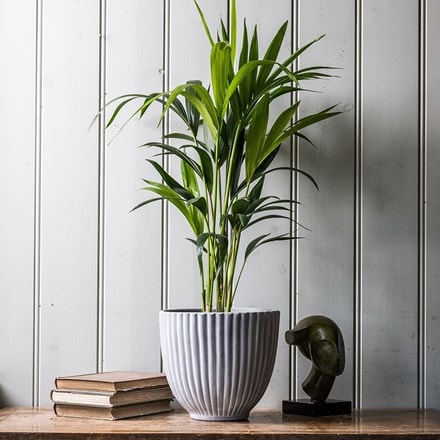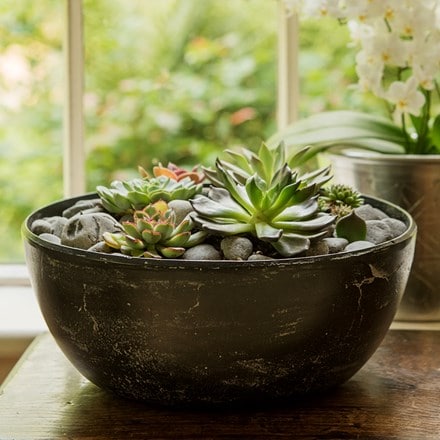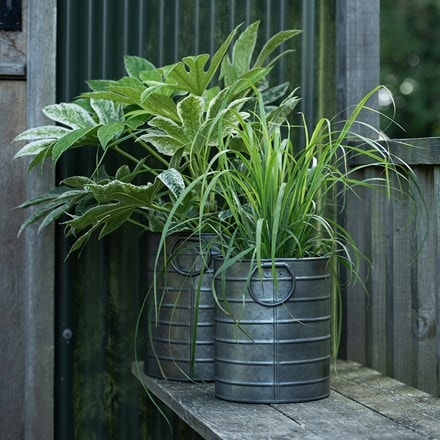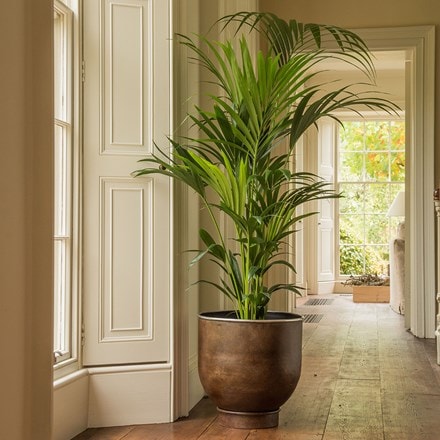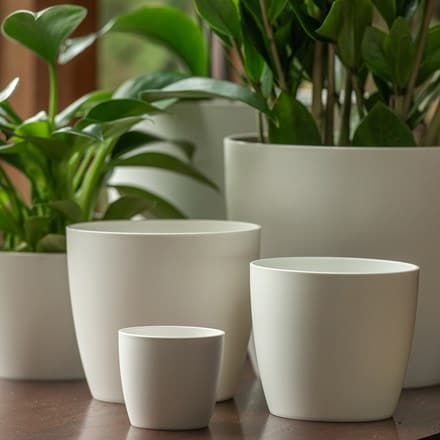Howea forsteriana | Houseplant
kentia palm
- 17cm pot | 80cm tall
- £59.99
- In stock (shipped within 1-2 working days)
- 17cm pot | with white pot
- £67.48
- In stock (shipped within 2-3 working days)
- 24cm pot | 1.5m tall
- £129.99
- In stock (shipped within 1-2 working days)
- 24cm pot - 1.5m | with white pot
- £150.38
- shipped within 2 weeks
- 24cm pot | 2m tall
- £249.99 £349.99
- In stock (shipped within 1-2 working days)
- 24cm pot - 2m | with white pot
- £270.38
- shipped within 2 weeks
Delivery options
- Standard £5.99
- Position: bright, indirect, or indirect light
- Soil: good quality, general purpose potting compost
- Rate of growth: average
- Hardiness: tender (indoors only)
- Current height: approximately 80cm (+ or - 10% including the pot)
- Pot cover: choose a pot cover 2cm larger than the pot
A multi-stemmed evergreen palm, endemic to Lord Howe Island in Australia, and well regarded by the Victorians. Howea forsteriana is an elegant and understated houseplant providing evergreen fronds that will purify brightly lit offices, homes and modern parlours.
Great for corners to break up a sterile room, the leaflets gently arch from sturdy, upright green stems.
Please note that the pot in the photograph is not supplied with the plant (which is sent out in a simple nursery alternative), but we have a wide and wonderful range on our website to choose from.
Great for corners to break up a sterile room, the leaflets gently arch from sturdy, upright green stems.
Please note that the pot in the photograph is not supplied with the plant (which is sent out in a simple nursery alternative), but we have a wide and wonderful range on our website to choose from.
Kentia palms thrive in bright, indirect light. Keep the soil consistently moist but never waterlogged—always check the top of the soil before watering, and reduce watering in winter when growth slows.
This palm enjoys humidity, so mist the leaves regularly, especially in warm rooms or during hot weather. Avoid placing it near radiators or draughts, which can cause leaf browning.
Dust the leaves occasionally to keep them looking their best and to help with photosynthesis. Feed with a balanced liquid fertiliser once a month during the growing season.
Repot only when the plant becomes root-bound, as kentia palms dislike being disturbed.
This palm enjoys humidity, so mist the leaves regularly, especially in warm rooms or during hot weather. Avoid placing it near radiators or draughts, which can cause leaf browning.
Dust the leaves occasionally to keep them looking their best and to help with photosynthesis. Feed with a balanced liquid fertiliser once a month during the growing season.
Repot only when the plant becomes root-bound, as kentia palms dislike being disturbed.
Goes well with
Oslo standing planters fir green - set of 2
Ø26 × H26cm & Ø32 × H32cm
£89.99
In stock (shipped within 2-3 working days)
Round galvanised metal troughs with blackened handles - set of 2
Ø30 × H22.5cm & Ø38 × H27.5cm
£51.99
In stock (shipped within 2-3 working days)
Ribbed terracotta plant pot - light grey
Ø23.5 × H19cm
£24.29
In stock (shipped within 2-3 working days)
Oslo standing planters mink grey - set of 2
Ø26 × H26cm & Ø32 × H32cm
£89.99
In stock (shipped within 2-3 working days)
Rough cast oval aluminium bowl - charcoal black
30 × 22 × 12.5cm
£37.99
In stock (shipped within 2-3 working days)
